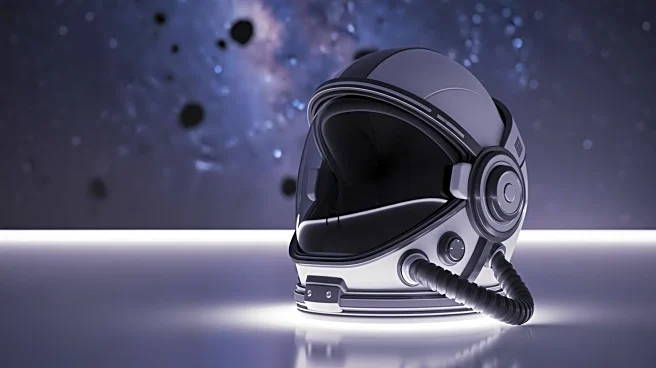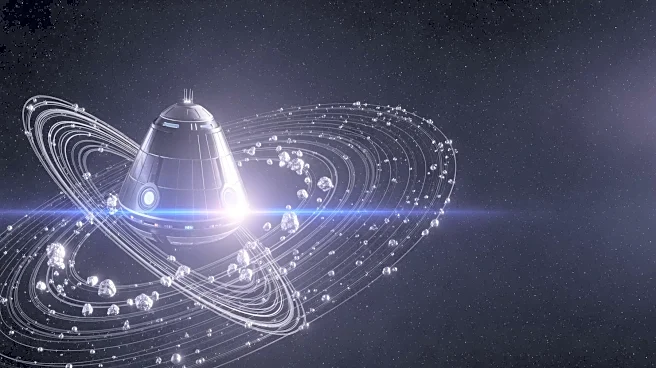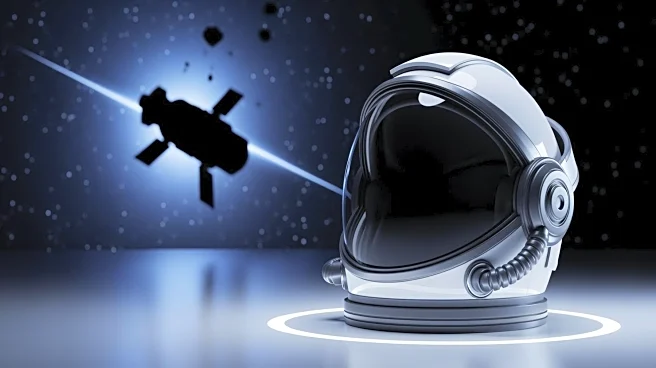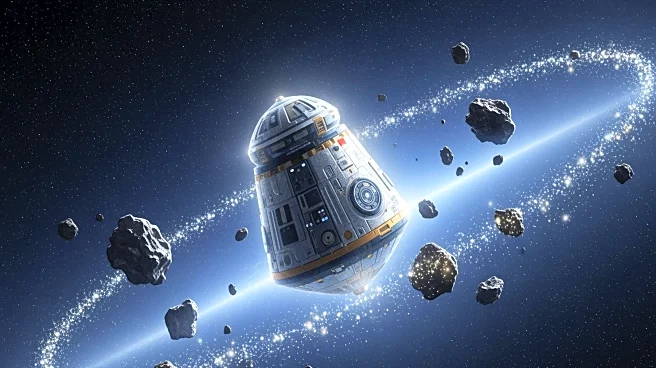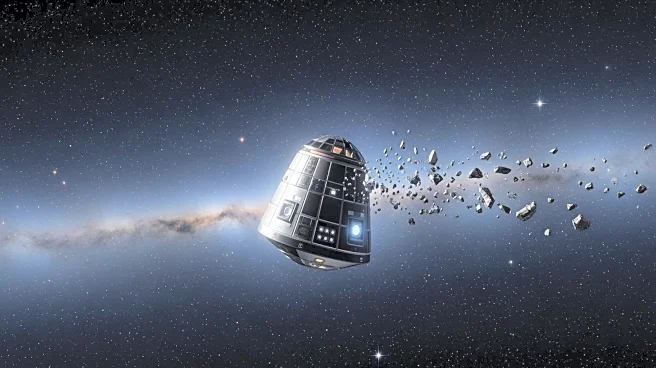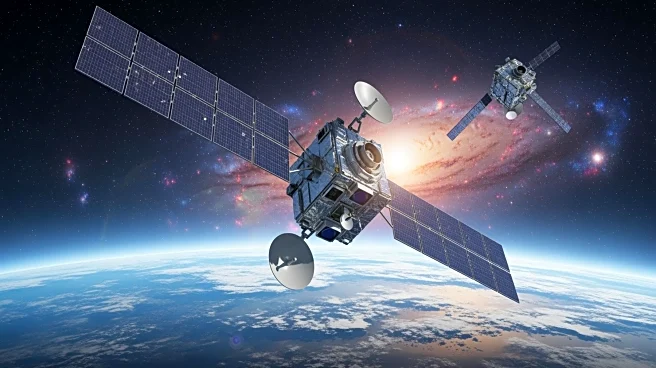What's Happening?
China has delayed the return of the Shenzhou-20 crew to Earth following a suspected impact from space debris on the spacecraft's return capsule. The incident has prompted engineers to conduct an impact analysis
and risk assessment, with no new landing date announced yet. The three taikonauts, Chen Dong, Chen Zhongrui, and Wang Jie, remain aboard the Tiangong space station alongside the newly arrived Shenzhou-21 crew. All six astronauts are reported to be in good condition. Contingency plans include using the docked Shenzhou-21 return vehicle or launching a standby spacecraft if necessary, marking a first for China to publicly consider such options after a debris incident.
Why It's Important?
This delay marks the first time a Shenzhou crew's return to Earth has been postponed due to a debris incident, highlighting the increasing collision risks in low-Earth orbit. The China Manned Space Agency (CMSA) has established contingency procedures to ensure crew safety, including the possibility of returning the crew using the Shenzhou-21 vehicle or launching a backup spacecraft. The incident underscores the growing concerns among space agencies about debris cascades, known as the Kessler Syndrome, as space activity intensifies. The postponement also reflects China's commitment to maintaining continuous occupation of the Tiangong station and its larger ambitions, including a crewed lunar landing by 2030.
What's Next?
If the Shenzhou-20 capsule is deemed safe for re-entry, it will land at Dongfeng in Inner Mongolia, China's regular desert touchdown zone. If not, CMSA may opt to swap crews to the docked Shenzhou-21 return craft and launch a fresh capsule to re-establish the station's lifeboat. No timeline has been issued for either option. The incident has prompted discussions on managing debris risk through shielding, tracking, and international norms, which are now operational realities for human-spaceflight programs.
Beyond the Headlines
The postponement of the Shenzhou-20 return mission due to space debris highlights the persistent threat posed by even millimeter-sized debris, which can puncture spacecraft at orbital speeds. This incident emphasizes the need for enhanced debris shielding and maneuvering capabilities for space stations like Tiangong and the ISS. The growing space debris problem calls for international cooperation to establish norms and practices to mitigate risks and ensure the safety of future space missions.
